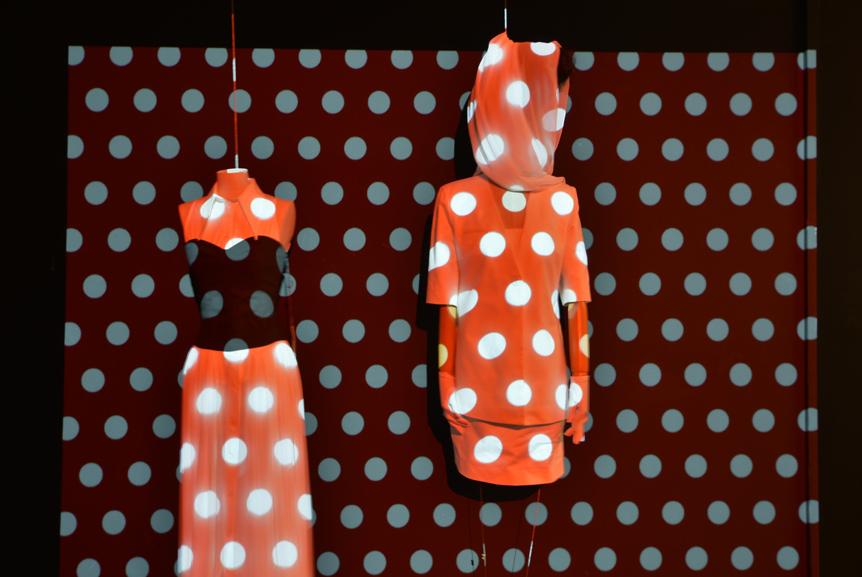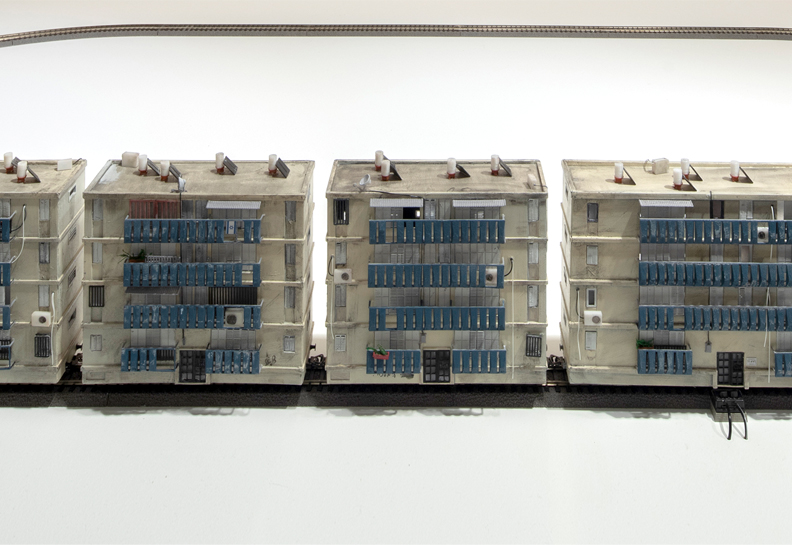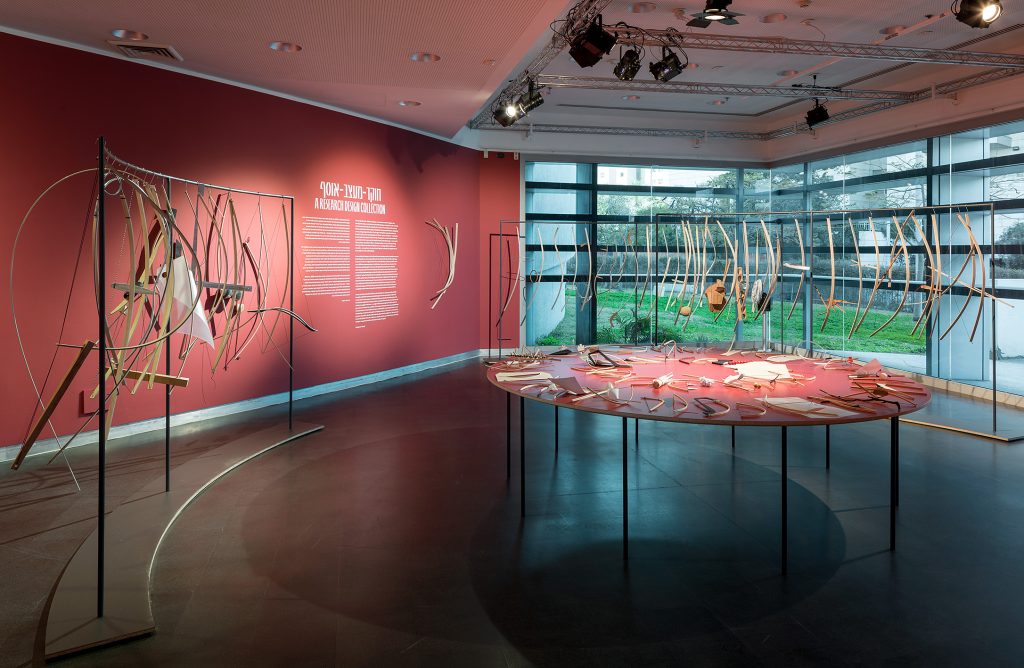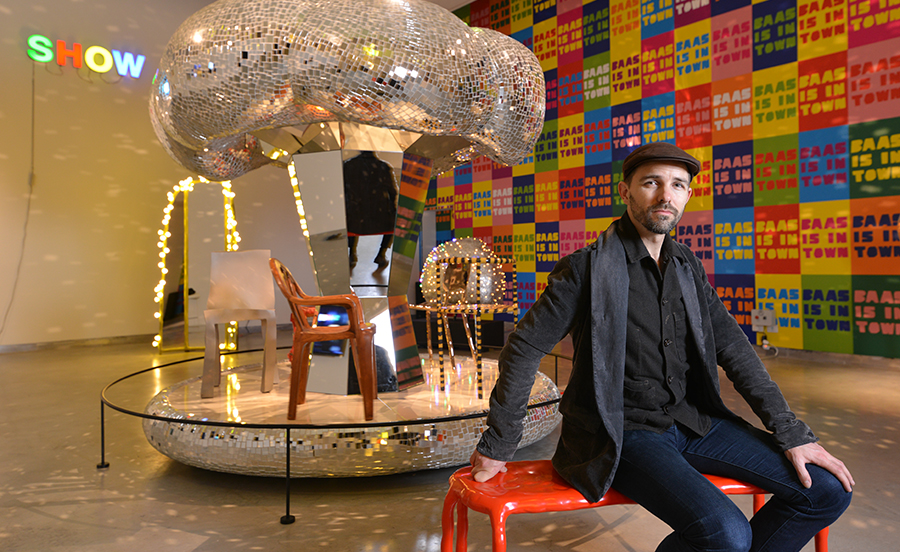Where do we draw the line between reality and the words written about it? Where do we draw the imaginary line between the woman and her clothes; between the characters she brings to the screen and what happens in her life? When does the real world end and theory start, and vice versa?
Different formulations of these questions, which posit clear boundaries between identities, have always troubled the women of excluded societies. On the deepest level, they themselves understood that these are artificial boundaries, but the viewpoint foisted on them disregarded the fact that their ethnicity־nationality־class־gender are bound together, pushing them into distinct categories. Reality demands that they fit themselves into these categories and present a distinct identity adhering to the way they are perceived from without – an identity that won’t confuse those busy day and night in classifying them. This raises the need for a different space, which will allow the contradictions to comfortably cohabit and stress the no־man’s־land areas that exist alongside them, often threatening them.
These divisions, so prevalent in the worlds of academia and society in Israel and abroad, were hardly the only ones that Mizrahi women had to deconstruct in order to build the space of Sister – for Women in Israel. A space different and flexible enough to contain the complexity of the Mizrahi woman. Another division we sought to keep out of the activity of Sister was that between the women helping and the ones being helped, in recognition of knowledge not gained through official degrees.
Recognizing that we cannot separate theory, ideology and our burning living space, I review the way Ronit Elkabetz joined Sister. Beyond the events that led to her appointment as president of the movement in 2010, I want to look at the ways Ronit herself disregarded boundaries and avoided putting up any boundary between herself and the variety of Sister women as part of her work with it. Elkabetz fashioned the role of president without any grand verbiage. Her contribution encompassed several axes simultaneously and exposed how the complex feminine image she presented in her films bound the political, gendered and ethnic contexts of her characters as present also in her work with Sister.
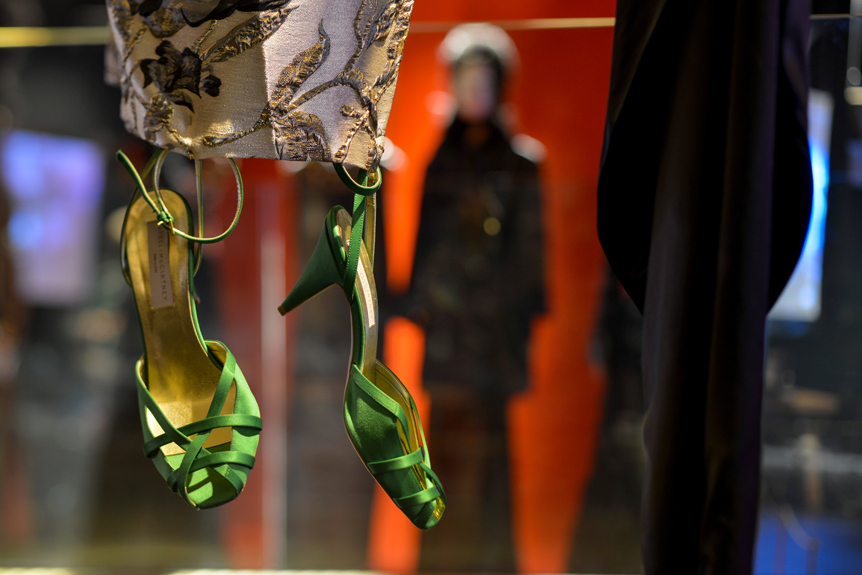
In 2007, we published a collection of essays, To my Sister: Mizrahi Feminist Politics. Working as the movement’s director-general, I understood that we need to document its work.
I thought we needed to translate our work in the field to words and record it. This collection, which led to us founding Sister’s publishing house, and serves as the first of many Sister publications, expressed the voices of many, mostly Mizrahi, women. The texts offered a glimpse into the hardships experienced by women on the margins of Israeli society, their aspirations, political analysis of Israeli reality, their understanding of Mizrahi feminism and other civil and Mizrahi movements. I sent the book out to Elkabetz hoping she would read it, as it clearly corresponded with her work. A short while afterwards she contacted me and asked to meet. When we met at Sister’s southern Tel Aviv space, she told me that she deeply identified with the voices that emerged from the different texts, the experiences they expressed and the insights they shared – both personally and ideologically. Elkabetz asked to join Sister and take part in its activities. A year later we asked her to take on the role of president, and she accepted. I couldn’t have known at the time that the title would only thinly represent her work.
The idea behind the original title was to create visibility for Sister through her world-renowned figure, but Elkabetz preferred active work to a representative role. In her frequent visits to the organization’s fair trade store in Tel Aviv, she sought to use her image to promote sales. She unquestioningly offered financial aid to those who had fallen on economic hardship. When taking part in a festival we organized (“My Heart is in the East”), and when meeting women from Israel’s geographic and economic periphery, she always maintained direct communication with the other participants, igniting passionate debates about femininity, Mizrahi identity and representation politics. Elkabetz’s presence created a sense of an open and accepting debate for all participants. In fact her presence gave us support, heeding us to think beyond the boundaries set up by Israeli reality and the media. This was no small feat.
Even during Sister’s first days, we were interested in harboring meetings of middle class and working class Mizrahi women. By the time the movement was firmly set up, several of us had an academic education. Some of us fared economically better than our mothers had, and we feared the possibility of a movement that would be peopled exclusively by those women who had escaped the Israeli Mizrahi ghetto. Sister’s years־long activity – fueled, among other things, by women of the periphery and of southern Tel Aviv, poor women and women fighting for housing – is proof that this distinction can be overcome. A woman who comes to Sister seeking help can absolutely become an inseparable part of the movement and the leader of the next struggle. One of the challenges that confronted Elkabetz was her class status, as she did not experience the same daily struggles that Mizrahi women deal with. Elkabetz operated in the gulf between being intimate with the struggle, on the one hand, and unburdened by the same apparatuses of oppression. Her unique way – she did not shun Elkabetz the movie star, but also remained approachable – characterized her presidency.
Elkabetz was known not only for her talent. Her work was also closely linked with her fashion sense, so rare on the Israeli scene. In a country where fashion veers toward utilitarianism, Elkabetz devoted herself to unforgettable looks, an unapologetic femininity integral to her persona. And she arrived at Sister events dressed the same as she would to any red carpet event. Her familiar and powerful presence arrived independent of such considerations, relying heavily on her taste and choices. Her choice to arrive at Sister events decked out in her finest reflected the tremendous respect she harbored for women everywhere, and her commitment to her work at Sister. This choice showed how connected she was to where she’d come from, and how for her, arriving at the Sister house was not a step out of her own orbit. It expressed a connection to her familial and cultural roots, which though today may be considered mainstays of Israeli culture, became so thanks to her own and other women’s activism – women who sought to place Mizrahi women of all stripes at the center. Making the Mizrahi woman present in this way absolutely included that woman’s wardrobe as standing against mainstream Israeli T־shirts and biblical sandals.
Seven months prior to her passing, Sister held a sale of items from Elkabetz’s personal wardrobe. In retrospect, this event, which Elkabetz had initiated, promoted and produced – as well as the last event she held as Sister’s president – was in a way a summary of her presence and work in the movement.
Elkabetz fully took over management of the sale: she priced the clothes, labelled them and added on each a special dedication. Throughout the sale, she worked busily like an haute couture sales lady, paying attention to every buying woman, urging them to take a piece of her into their private world, modelling garments on her own body, cleaning fitting rooms and hanging items back in place. This revealed the intimate connection she had had with the items, shattering any potential barriers between herself and the other women. Elkabetz’s conduct that evening made it clear that her total approach was not only reserved for the screen. The last meeting, which was an intimate meeting between Elkabetz and other women, revolved around her wardrobe. Garments were never simply clothes for her, and the intimate items she had decided to pass on, now stripped from her wardrobe and about to move into someone else’s, still carried something of her with them. Her clothes are her. With her own body and soul she portrayed exactly what we had formulated in words in the book that had begun the connection between herself and Sister.
To My Sister, Ronit Elkabetz, President of Sister – for Women in Israel
I thank Revital Madar, activist-member at Sister, for her assistance in writing this text.
Shula Keshet is an artist, curator and the director-general of Sister – for Women in Israel.
